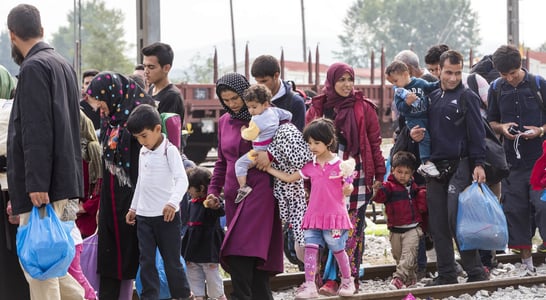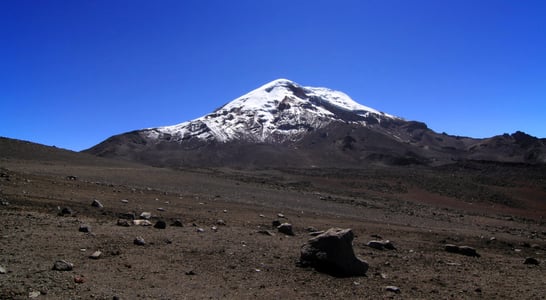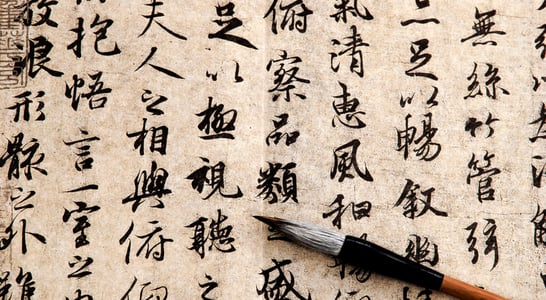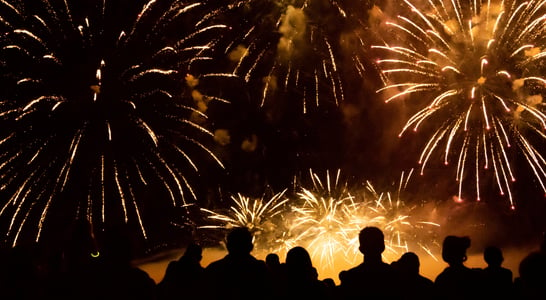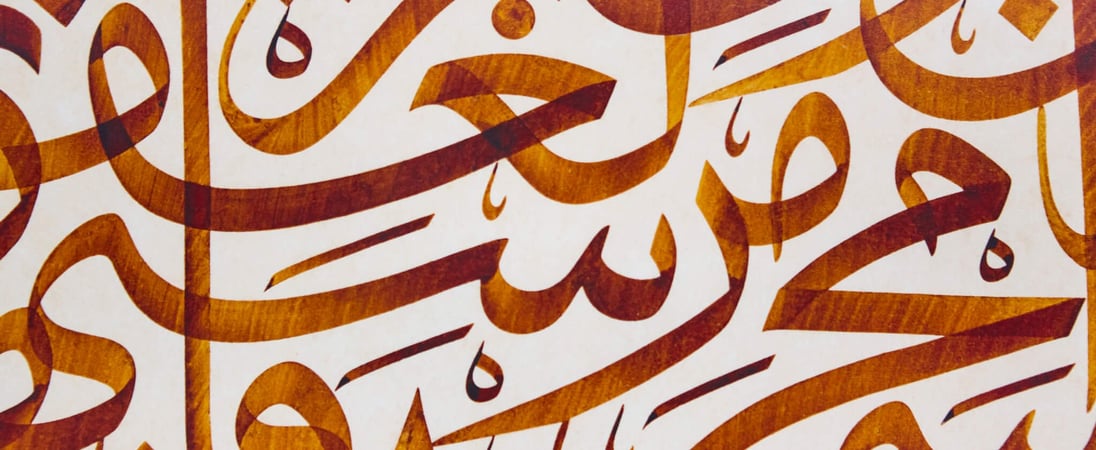
World Arabic Language Day
Like a melody from a distant land, this language dances with intricate calligraphy, inviting exploration into its rich tapestry.
With an estimated 390 million speakers, Arabic is one of the most widely spoken languages in the world. It is also one of the six official languages of the United Nations, as well as the liturgical language of 1.6 billion Muslims.
Being one of the only modern languages to be written and read in a right-to-left form, Arabic is a fascinating language with a long history. For all of these reasons and many more, we can all agree that Arabic is more than deserving of its very own day.
How to Celebrate World Arabic Language Day
Learn Some Arabic
The best way to celebrate this day would be to increase your knowledge of this language! Many people living in parts of North America or Europe may not even really know how it sounds.
Of course, it is nearly impossible to learn to read even small fragments of this complex language during the course of just one day, but that shouldn’t stop you from discovering it.
The Arabic language is especially beautiful when sung.
Learn More About the Arabic Language
In honor of this day, it might be fun to learn more about Arabic! Today, there are three different types of Arabic: Classical; Modern Standard Arabic, the last of which is used in publishing, education and the media across the Arab world.
Colloquial Arabic, an everyday dialect, is also used in different regions and has numerous variations. Due to its elegant, flowing lines, thousands of people the world over have also chose to get tattoos in Arabic, singer Christina Perri and actors Colin Farrell and Zoe Saldana, to name but a few.
Enjoy Arabian Music
If you like opera, you could check out one of Sarah Brightman’s most acclaimed albums titled, “Harem”. The songs on it are a truly original mix of Arabian pop and opera, and are sung in several different languages, including Arabic.
Listening to this album will not only allow you to become acquainted with what the language sounds like, but also introduce you to various instruments and sounds typical for Middle Eastern music that you may well fall in love with.
History of World Arabic Language Day
World Arabic Language Day was established in 2012 by UNESCO to promote cultural understanding and to highlight Arabic as one of the most important languages in the world.
The date was set to coincide with the anniversary of the day that UN adopted Arabic as its sixth official language, which took place on December 18, 1973. The event has been celebrated annually across the world ever since!
About the Arabic Language
Although the Arabic language is the language of Islam, it dates back over one hundred years further than the religion.
The earliest Arabic inscriptions were created in the early 6th century AD. Arabic was originally based mainly on the Aramaic alphabet that was then modified and adapted over many years to finally become its very own, distinct language.
In 632, the year that Muslims believe the Quran was revealed to Muhammad, Muhammad’s language became the language of his new religion.
The holy book of Islam, the Quran, was written in Classical Arabic and it is still used in religious ceremonies and sermons till this day.
By the 8thcentury, many poems and other works had been written in Arabic as well. Arabic has had an enormous influence on people all over the world, as the majority of countries in the world today officially use the Arabic numerical system.
Furthermore, because of the countless wars waged in the Middle Ages especially, the Arabic language is an important source of vocabulary for many European languages, such as Portuguese, Spanish, English, French and Sicilian, as well as non-European languages such as Swahili and Uzbek.
Many of the words that English-speakers use regularly come from Arabic, including cotton, coffee and guitar.
World Arabic Language Day FAQs
How did Arabic influence European languages during the Middle Ages?
During the Middle Ages, Arabic served as a conduit for knowledge, transmitting Greek and Roman sciences and philosophies to Renaissance Europe.
This exchange enriched European languages with Arabic vocabulary, especially in fields like mathematics, astronomy, and medicine.
What role did Arabic play in the transmission of knowledge along the Silk Roads?
Arabic facilitated cultural and intellectual exchanges along the Silk Roads, stretching from India to the Horn of Africa.
It enabled the sharing of scientific, philosophical, and literary works, fostering a rich dialogue between diverse civilizations.
How do Arabic language academies contribute to the preservation and modernization of Arabic?
Arabic language academies work to preserve the language’s purity while adapting it to contemporary needs.
They develop new terminologies and ensure Arabic remains relevant in modern sciences and technologies.
What are some common misconceptions about learning Arabic?
Many believe Arabic is impossibly difficult due to its script and sounds. However, its alphabet has 28 letters, and while some sounds are unique, they can be learned through practice.
Additionally, Arabic is written phonetically, aiding learners in pronunciation.
How is World Arabic Language Day celebrated in non-Arabic-speaking countries?
In non-Arabic-speaking countries, celebrations often include cultural events like Arabic calligraphy exhibitions, music and poetry readings, and seminars on Arabic literature, promoting cross-cultural understanding.
What is the significance of Arabic calligraphy in cultural celebrations?
Arabic calligraphy is not just a writing style but an art form that reflects the language’s beauty and depth. It plays a central role in cultural celebrations, symbolizing the artistic heritage of the Arabic-speaking world.
How does the Arabic language contribute to cultural diversity?
Arabic, with its various dialects and classical form, contributes to cultural diversity by offering a unique perspective and a rich literary tradition that enhances global cultural heritage.
What are some unique ways people celebrate World Arabic Language Day?
Celebrations include live calligraphy sessions, poetry recitals, and discussions on the language’s impact on arts and sciences, highlighting its historical and contemporary relevance.
How has Arabic influenced other languages globally?
Arabic has significantly influenced languages such as Turkish, Persian, Urdu, and even Spanish and Portuguese, contributing numerous words and expressions, especially in science, mathematics, and daily life.
What initiatives exist to promote Arabic among youth?
Programs like the “Etkallem Arabi” initiative aim to engage young people with the Arabic language, fostering a connection to their cultural heritage and encouraging its use in modern contexts.
Also on ...
View all holidaysBake Cookies Day
Make a batch of your favorite biscuits, experiment with imaginative cookie cutter shapes or organize a bake sale for charity.
National Re-Gifting Day
Passing along the fun surprises we can't use — it's recycling with a sprinkle of unexpected joy.
We think you may also like...
Chimborazo Day
Climb a hill or mountain, or set yourself a metaphorical “mountain” goal to honor the tallest mountain the world as measured from the Earth’s core, Chimborazo.
Chinese Language Day
Fire up Duolingo, Rosetta Stone, or sign up for a language class to learn the world’s second most widely spoken language, which dates back as far as 1250 BCE.
National Tourism Day
Discover the beauty of our world! Take a trip, explore new places, and make unforgettable memories. Pack your bags and let's hit the road.


